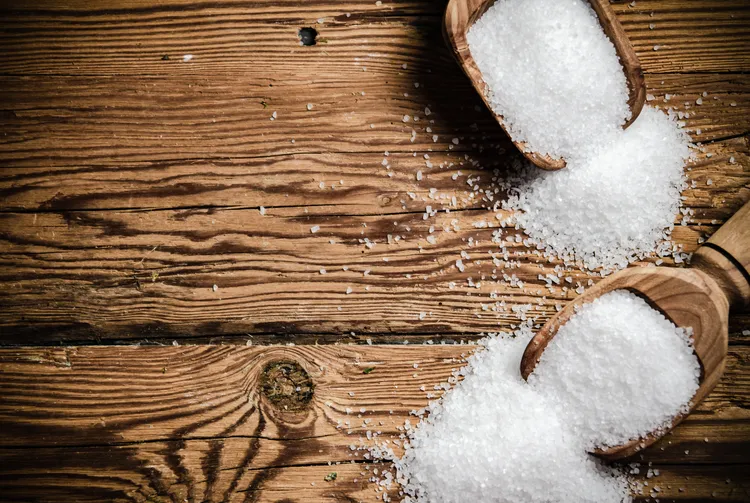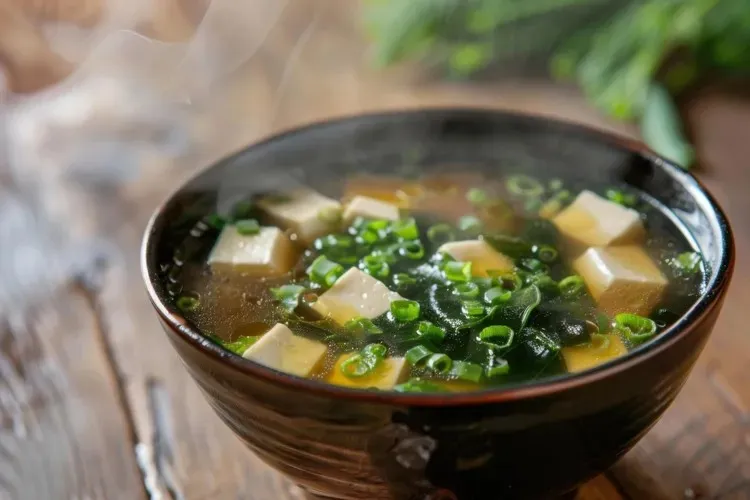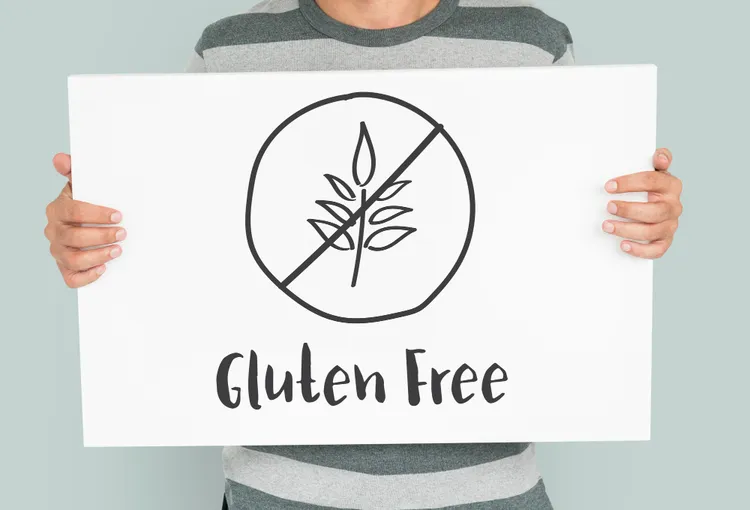Sea Salt vs. Table Salt: What’s the Difference (and Which One Should You Use)?
Salt is one of the most essential ingredients in any kitchen - it enhances flavor, preserves food, and plays a crucial role in our body’s functioning. But walk down any grocery store aisle, and you’ll face a variety of options: sea salt, Himalayan pink salt, kosher salt, table salt, and more. The most common debate? Sea salt vs. table salt. Are they really that different? Is one healthier than the other? Which one should you use - and when? Let’s dive deep into the salty truth.

What Is Salt, Really?
Salt is primarily sodium chloride (NaCl), a compound essential for:
Regulating fluid balance
Supporting nerve and muscle function
Enhancing taste and food preservation
Both sea salt and table salt contain sodium chloride, but the source, processing, texture, and nutrient content can vary.
What Is Sea Salt?
Sea salt is harvested through the evaporation of seawater. Because it’s less processed, it often retains trace minerals like magnesium, calcium, and potassium - which can give it a slightly different color or flavor.
Characteristics of Sea Salt:
Texture: Coarse, flaky, or crystalline
Color: White, gray, pink, or even black (depending on the source)
Flavor: Milder or “brinier” due to trace minerals
Processing: Minimal; often sun-dried
Additives: Usually none
Examples:
Maldon Sea Salt (UK)
Fleur de Sel (France)
Celtic Sea Salt (grayish hue)
Hawaiian Black or Red Sea Salt
What Is Table Salt?
Table salt is typically mined from underground salt deposits and then heavily refined to remove impurities and minerals. It is usually ground into fine crystals and treated to prevent clumping.
Characteristics of Table Salt:
Texture: Fine and uniform
Color: Pure white
Flavor: Sharp, pure salty taste
Processing: Highly refined
Additives: Anti-caking agents, iodine
About Iodine:
In the early 20th century, iodine deficiency (linked to goiters and thyroid problems) was common in many countries. So, iodine was added to salt as a public health measure - giving rise to iodized table salt.
Nutritional Comparison: Sea Salt vs. Table Salt
| Feature | Sea Salt | Table Salt |
|---|---|---|
| Sodium Content | ~2,000–2,300 mg/tsp | ~2,300 mg/tsp |
| Iodine | Trace (unless fortified) | Added (iodized) |
| Minerals | Yes (trace amounts) | No (removed) |
| Texture | Coarse/flaky | Fine |
| Taste | Slightly briny | Pure salt |
From a sodium standpoint, they’re nearly identical per teaspoon - the major differences lie in texture, processing, and added nutrients.
Health Benefits & Considerations
Sea Salt Pros:
Less processed
Contains trace minerals
More flavorful, so you may use less
Beautiful finishing salt
Sea Salt Cons:
Typically does not contain iodine
Coarse grains may not dissolve easily in baking
Some unrefined sea salts may contain microplastics due to ocean pollution
Table Salt Pros:
Iodized, helps prevent thyroid issues
Consistent texture (great for baking)
Cheap and widely available
Table Salt Cons:
Highly processed, no trace minerals
Contains anti-caking agents
Some people find it tastes “sharper” or more bitter
Common Myths Debunked
❌ Myth #1: “Sea salt is way healthier than table salt.”
Truth: Both contain similar amounts of sodium. Unless you have a thyroid condition or a very limited diet, trace minerals in sea salt are too minimal to make a big difference nutritionally.
❌ Myth #2: “Sea salt has less sodium.”
Truth: Sea salt can have slightly less sodium by volume, but only because the grains are larger and less compact. If measured by weight, the sodium content is essentially the same.
❌ Myth #3: “You only need sea salt for clean eating.”
Truth: Sea salt may feel more “natural,” but table salt is not inherently toxic. In fact, iodized salt is important for thyroid health - especially if you don’t eat dairy, seafood, or iodized foods.
When to Use Sea Salt vs. Table Salt
Sea Salt Is Best For:
Finishing dishes (e.g., sprinkled over salads, grilled meats, cookies)
Roasted vegetables
Artisan breads
Rubs and marinades
Gourmet recipes and plating aesthetics
Table Salt Is Best For:
Baking (dissolves evenly)
Pasta water
Soups and sauces
Preserving or brining (when precision matters)
Recipes requiring exact measurements
Other Popular Salts Worth Mentioning
Kosher Salt:
Coarse texture, easy to pinch
No iodine or additives
Widely used by chefs
Less salty by volume due to flake size
Himalayan Pink Salt:
Mined in Pakistan
Contains iron (gives pink color)
Popular in “wellness” communities
Similar sodium content
Quick Tips for Smart Salt Use
Measure by weight if precision matters - especially when using different types.
Use iodized salt if you're pregnant, vegan, or iodine-deficient.
Balance flavor and health - a pinch of finishing sea salt can elevate a dish without over-salting.
Watch your total intake - most excess sodium comes from processed foods, not home seasoning.
So... Which Salt Should You Choose?
The answer: It depends on your needs and how you’re using it.
| Goal | Best Salt |
|---|---|
| ✅ Baking | Table salt or kosher salt |
| ✅ Finishing flavor | Sea salt or flake salt |
| ✅ Iodine intake | Iodized table salt |
| ✅ Visual appeal | Sea salt crystals or Himalayan pink salt |
| ✅ Cleanest option | Sea salt (check source for quality) |
Ultimately, no salt is "bad" or "good" on its own - it’s how you use it that matters.
Salt Smart, Not Fearfully
Salt is an ancient, vital, and flavorful part of our diets. The key is not to fear it - but to use it intentionally, choose quality over quantity, and balance your intake with whole, unprocessed foods.
Whether you’re sprinkling sea salt on roasted veggies or using iodized salt in your bread dough, you’re seasoning your life - one pinch at a time.









